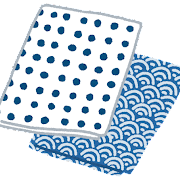Do you know “Tenugui”? It refers to a traditional Japanese towel, essentially a piece of cloth.
It has a long history. The theories suggest that it has been since the Nara era (approximately 1300 years ago). The size is 30 cm in length and 90 – 100 cm long.
How is it useful? And colors/patterns
The reason is that cloth (basically, it is cotton) has multiple uses. They can wipe the sweat, wrap anything to carry, cover their mouth as a mask, or wear it as a hat. It can also be a scarf.
Even now, many Japanese use it as an eco-back.
- Variation of the cloth
Its design and color patterns advanced in the Edo era, from 1603 to 1868 AD.
In that era, they dyed all Tenugui by hand with multiple ingredients. The most popular one was “knotweed”.
Please see the pictures below.
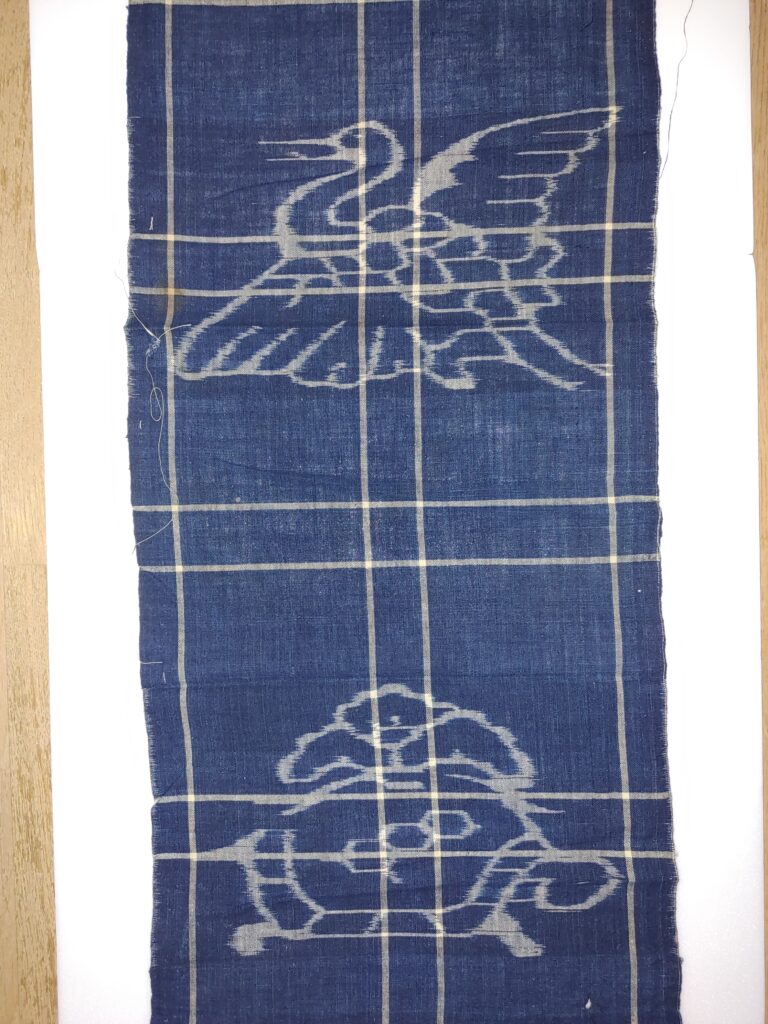



As technology has advanced in modern times, the process of dyeing has also improved, such as through machine printing.
So now, tenugui has a more colorful and unique pattern. Sometimes, famous characters are on it. For example, there are collaborations with Godzilla or Pokémon.

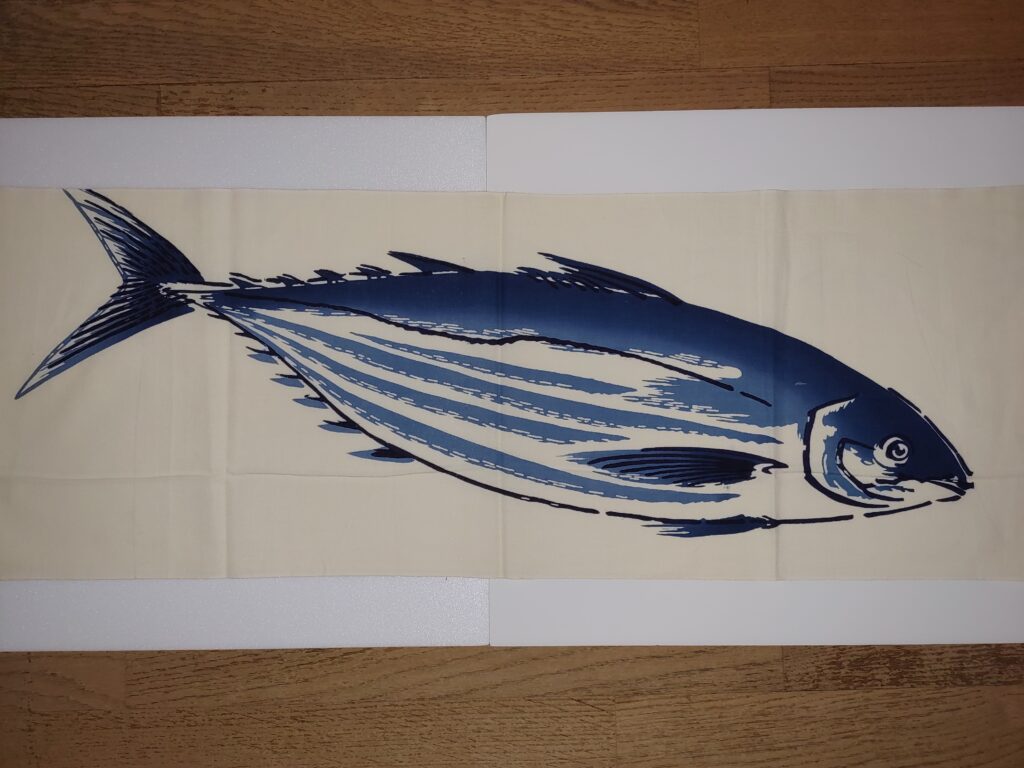
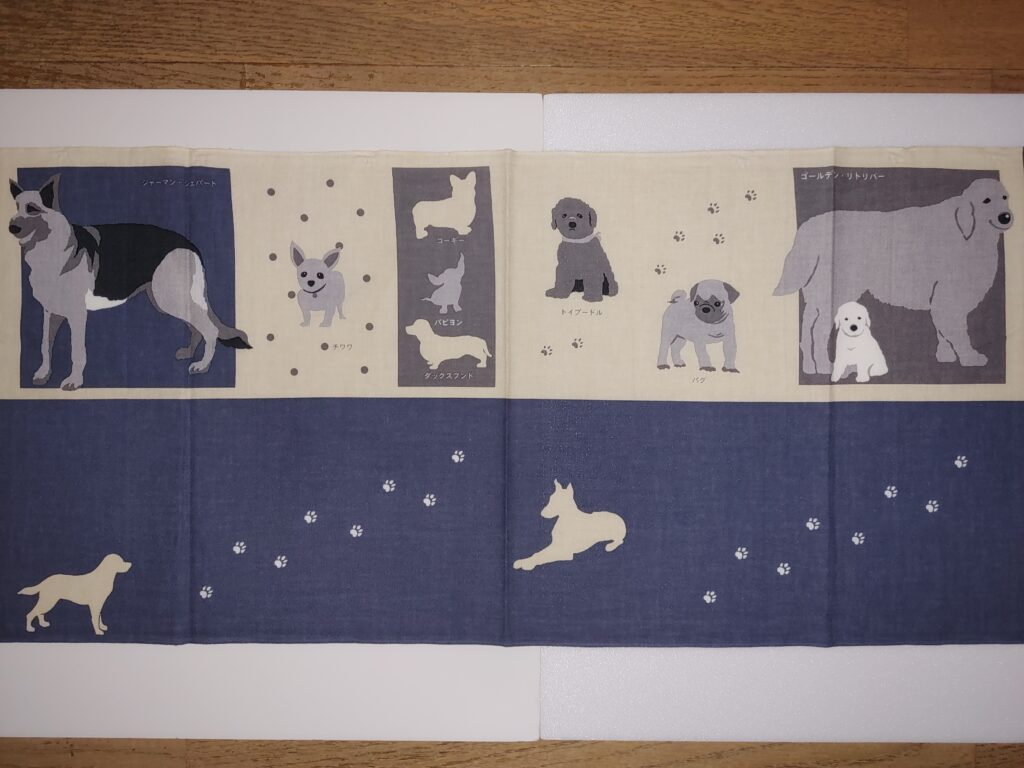
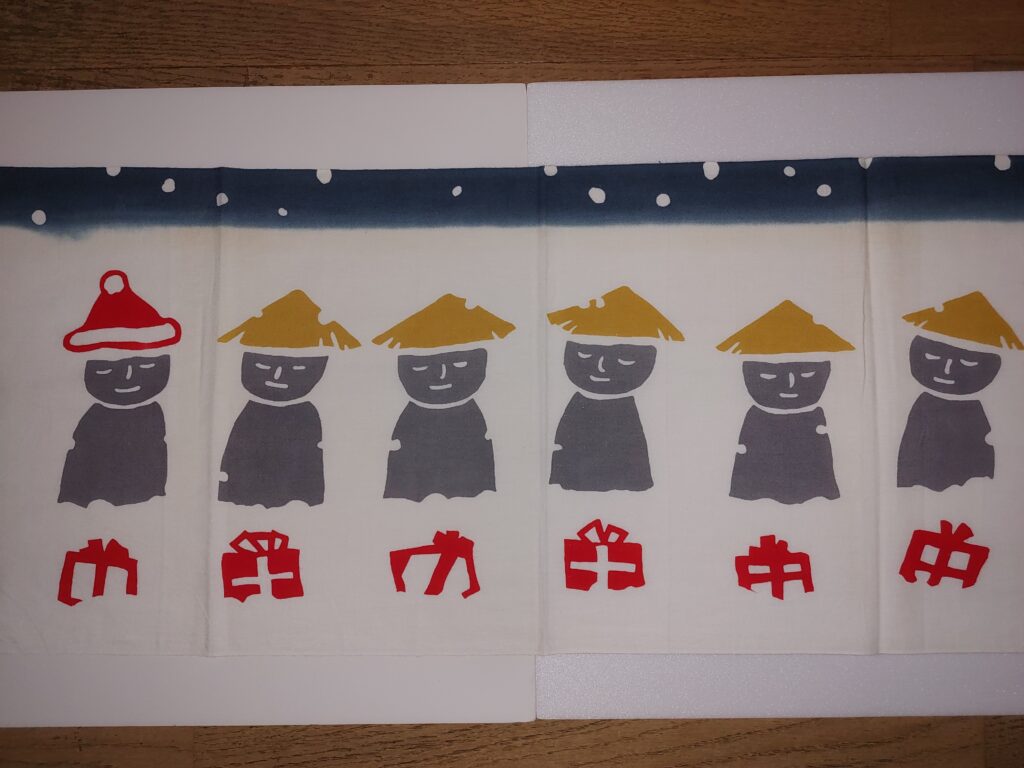

To close
In conclusion, it was just a cloth. However, the Japanese managed and utilized it to make daily work easier because the resource was small.
Therefore, the multiple ways to utilize it are a testament to cleverness
Woops. It is a small article this time. However, it is not yet.
We now have more articles about Japanese features, in four topics. They are about Japanese lifestyle, food, the Edo era, and religions.
If you are still interested in those, please click and read!
Thanks for reading this article! And see you for the next feature!
